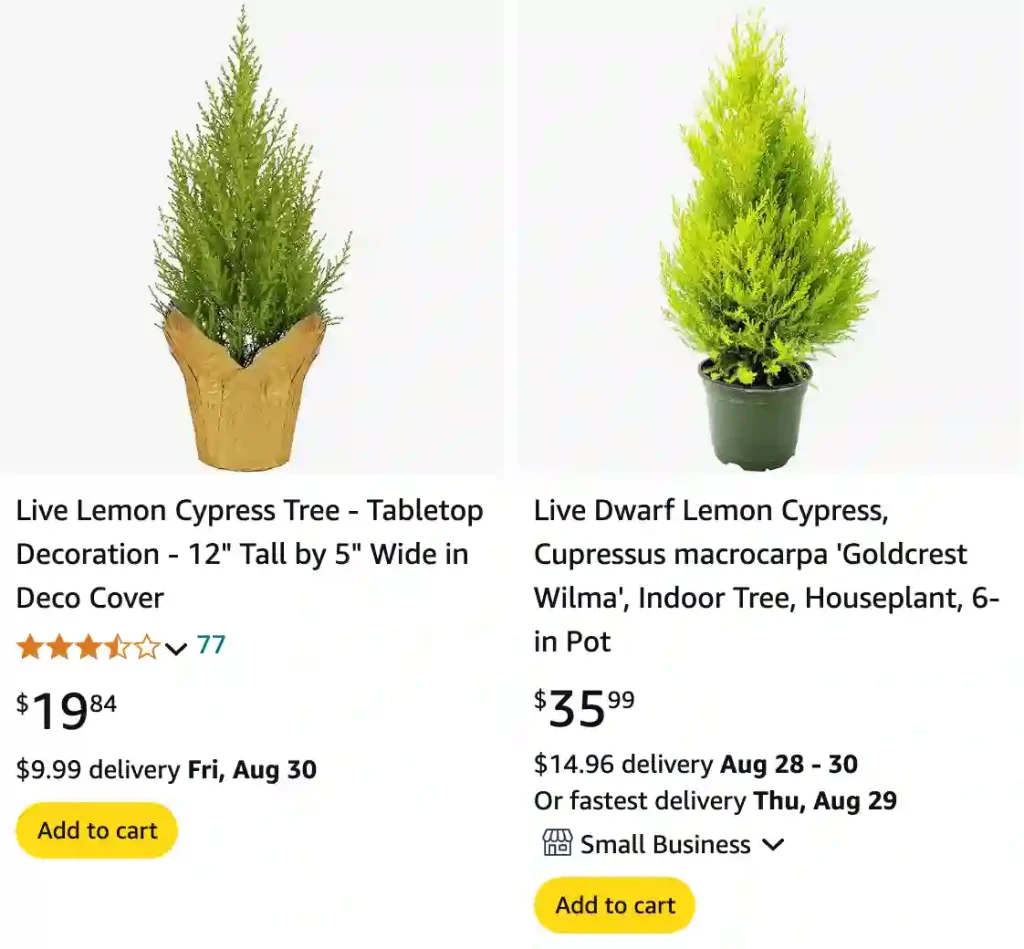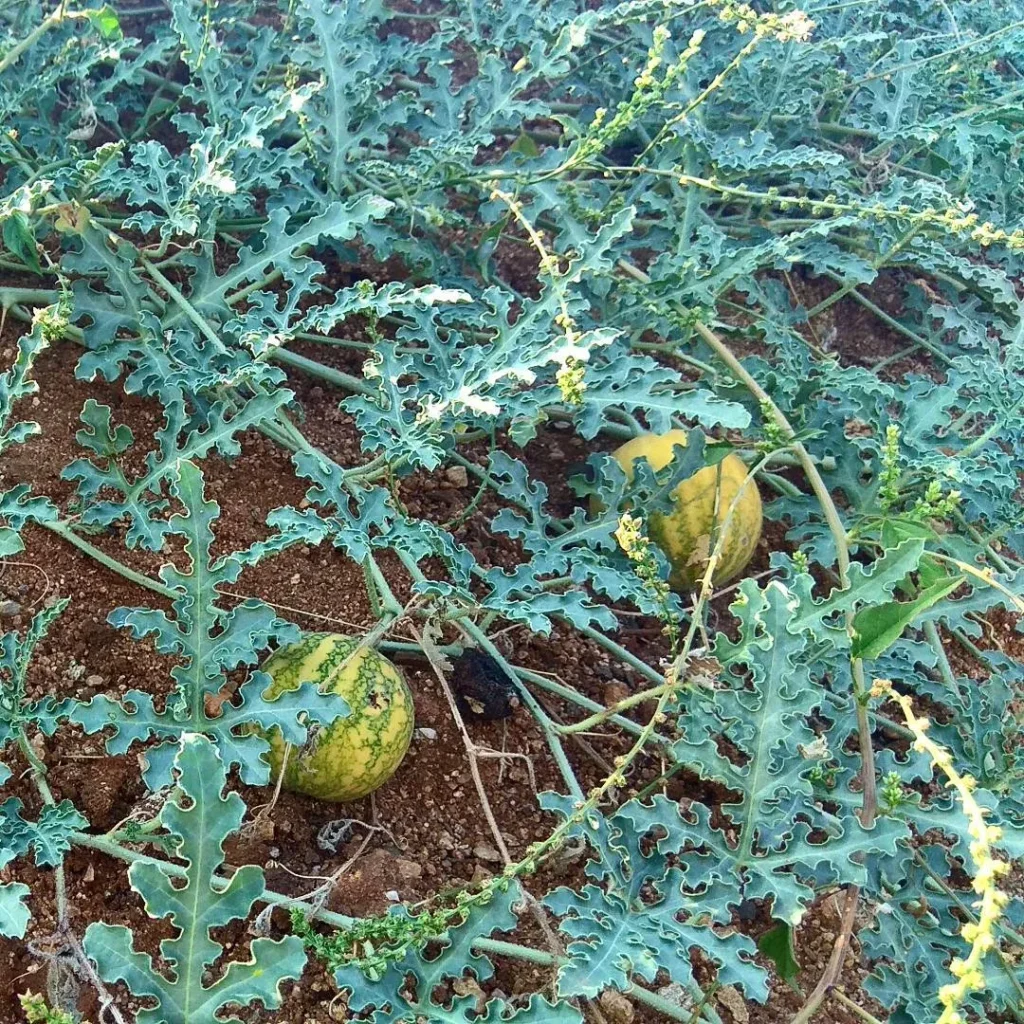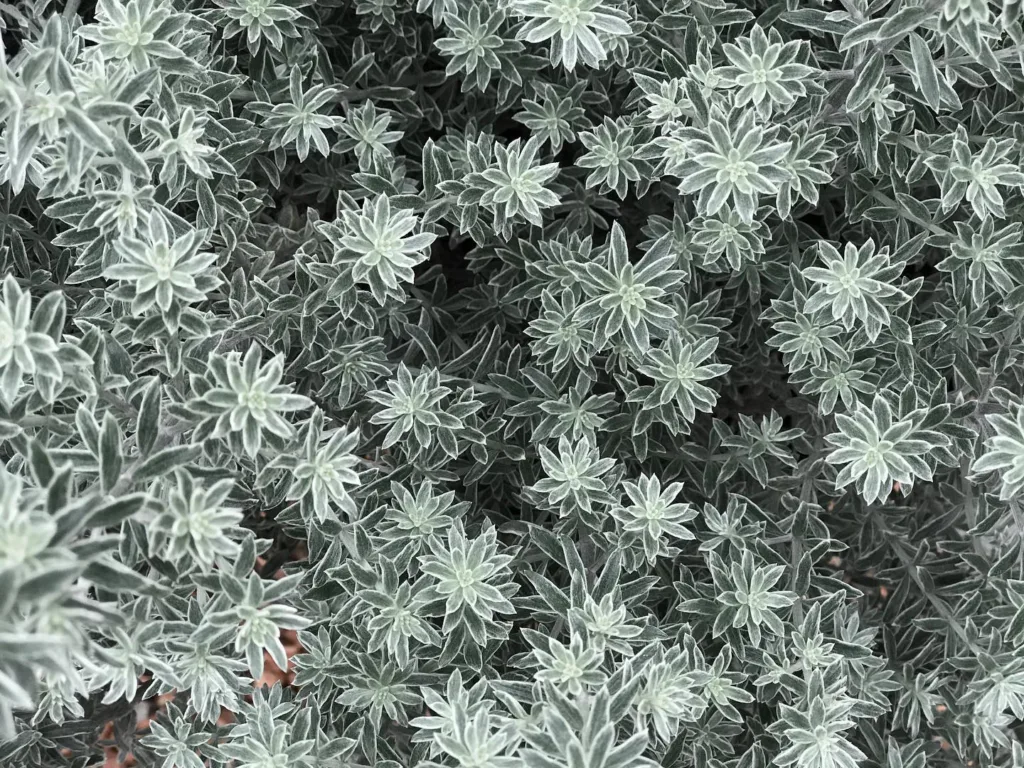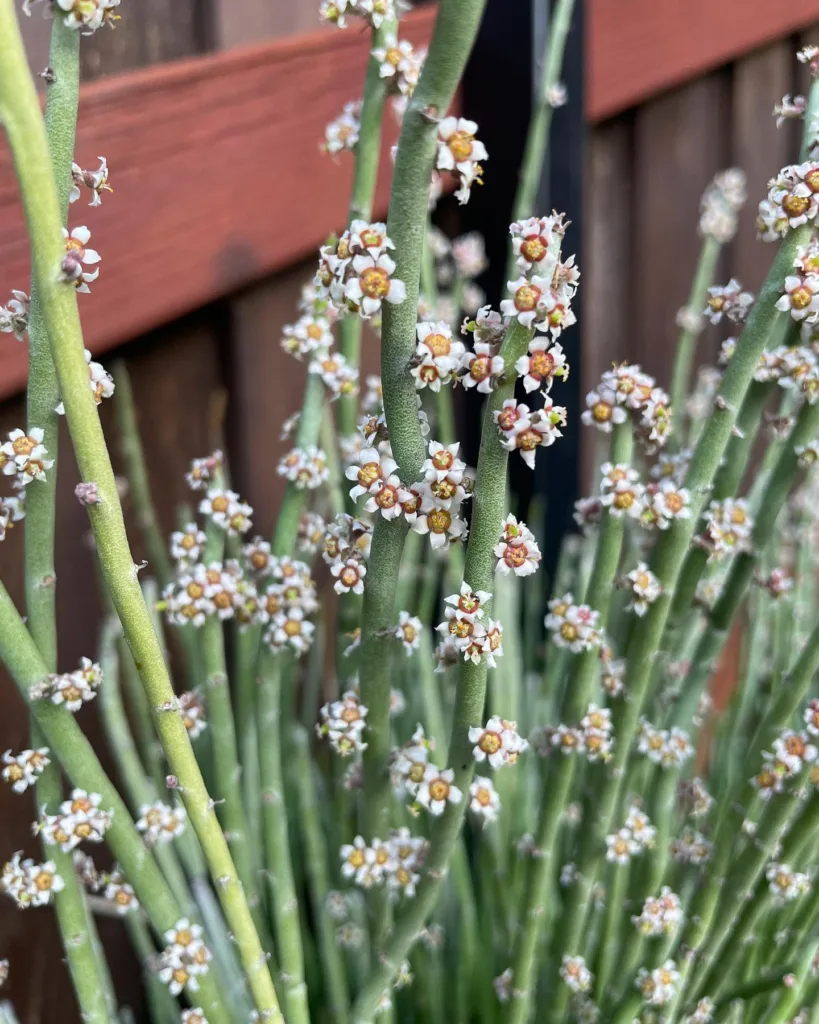
FAQs About Lemon Cypress: What You Need to Know?
I’ve spent quite a bit of time with Lemon Cypress (Cupressus Macrocarpa synonym of Hesperocyparis Macrocarpa), and I’ve gathered a lot of useful insights about this fascinating plant. Whether you’re thinking of adding it to your garden or keeping it as a houseplant, here are some frequently asked questions and answers that might help.
16 Species in Genus Cupressus
What Is Lemon Cypress?
Lemon Cypress, also known as the Monterey Cypress, is a small evergreen tree native to the coast of California. It’s loved for its vibrant, bright green foliage that gives off a fresh lemony scent when brushed. Its appealing aroma and attractive appearance make it a popular choice for gardens and indoor plant collections.
How Big Does a Lemon Cypress Get?
In its natural outdoor environment, a Lemon Cypress can reach up to 30 feet tall, though it’s usually a bit smaller when cultivated. If you’re growing it in a pot or container indoors, you can expect it to stay more compact, typically reaching about 3 to 4 feet. Its manageable size makes it an excellent choice for both large gardens and small indoor spaces.
How Fast Do Lemon Cypress Trees Grow?
Lemon Cypress is known for its moderate growth rate. It can add about 6 to 12 inches of height per year under optimal conditions. For faster growth, ensure it has plenty of sunlight and is planted in well-draining soil. In less ideal conditions, its growth might slow down, but it generally maintains a steady pace.
How to Care for a Lemon Cypress Tree?
Caring for a Lemon Cypress tree is relatively straightforward. Here’s a quick guide:
- Light: Lemon Cypress thrives in full sun. It needs at least 6 hours of direct sunlight daily to maintain its vibrant color and healthy growth.
- Water: Keep the soil consistently moist, but avoid waterlogging. Allow the top inch of soil to dry out between waterings.
- Soil: Well-draining soil is crucial. A mix of potting soil and sand or perlite works well.
- Pruning: Prune to maintain shape and remove any dead or diseased branches. This also helps encourage dense growth.
How to Care for a Lemon Cypress Tree Indoors?
Growing Lemon Cypress indoors can be a bit different. Here’s what you need to consider:
- Light: Place it in a sunny spot where it receives plenty of natural light. If natural light is limited, a grow light can help.
- Humidity: Indoor environments can be dry, so increase humidity by misting the plant or placing a humidity tray nearby.
- Temperature: Maintain a consistent indoor temperature. Avoid placing it near drafts, heaters, or air conditioners.
Can Lemon Cypress Survive Winter?
In colder climates, Lemon Cypress may struggle to survive winter outdoors, especially if temperatures drop below freezing. If you live in a region with harsh winters, consider bringing the tree indoors during the cold months or providing frost protection.
Does Lemon Cypress Need Full Sun?
Yes, Lemon Cypress needs full sun to thrive. It’s best placed where it can enjoy at least 6 hours of direct sunlight daily. This ensures it maintains its vibrant color and healthy growth.
Is Lemon Cypress Toxic to Cats?
Lemon Cypress is generally considered non-toxic to cats. However, it’s always good to monitor your pets to ensure they’re not overly interested in chewing on the plant.
Is Lemon Cypress Toxic to Dogs?
Like with cats, Lemon Cypress is not known to be toxic to dogs. Still, it’s wise to prevent pets from chewing on plants to avoid any potential digestive upset.
Does Lemon Cypress Repel Mosquitoes?
Lemon Cypress does have a strong, citrusy aroma that some claim can repel mosquitoes. While it might offer some deterrent effect, it’s not a guaranteed method for mosquito control. For effective mosquito management, consider additional measures such as mosquito repellents or traps.
Do Deer Eat Lemon Cypress Trees?
Deer generally avoid Lemon Cypress because of its strong scent and taste. However, in desperate times, deer might nibble on various plants, so some protection like fencing might be needed if deer are a common issue in your area.
Lemon Cypress vs Italian Cypress
Lemon Cypress and Italian Cypress (Cupressus sempervirens) are often compared. While both are evergreen conifers, they differ significantly:
- Appearance: Lemon Cypress has bright green foliage with a lemony scent, whereas Italian Cypress has darker, more narrow foliage.
- Size: Italian Cypress can grow much taller, up to 40 feet or more, while Lemon Cypress is generally much shorter.
- Usage: Lemon Cypress is often used for decorative purposes both indoors and outdoors, while Italian Cypress is favored for creating vertical accents in gardens.
Common Problems and Solutions
Some common issues with Lemon Cypress include:
- Brown Tips: This can be a sign of low humidity or underwatering. Increase humidity and adjust watering practices.
- Pests: Watch out for spider mites and scale insects. Treat infestations with insecticidal soap or neem oil.
How to Propagate Lemon Cypress?
Propagating Lemon Cypress can be done through cuttings. Take a healthy cutting, allow it to dry for a few hours, then plant it in a pot with a mix of soil and sand. Keep it moist and in a sunny spot until it roots.
What to Plant With Lemon Cypress?
Lemon Cypress pairs well with other sun-loving plants such as lavender, rosemary, or ornamental grasses. These companions complement its vibrant foliage and create a harmonious garden space.
With these insights, you’re well-equipped to enjoy the beauty and benefits of Lemon Cypress. Whether you’re keeping it indoors or outdoors, it’s a delightful addition to any plant collection.
If i die, water my plants!



